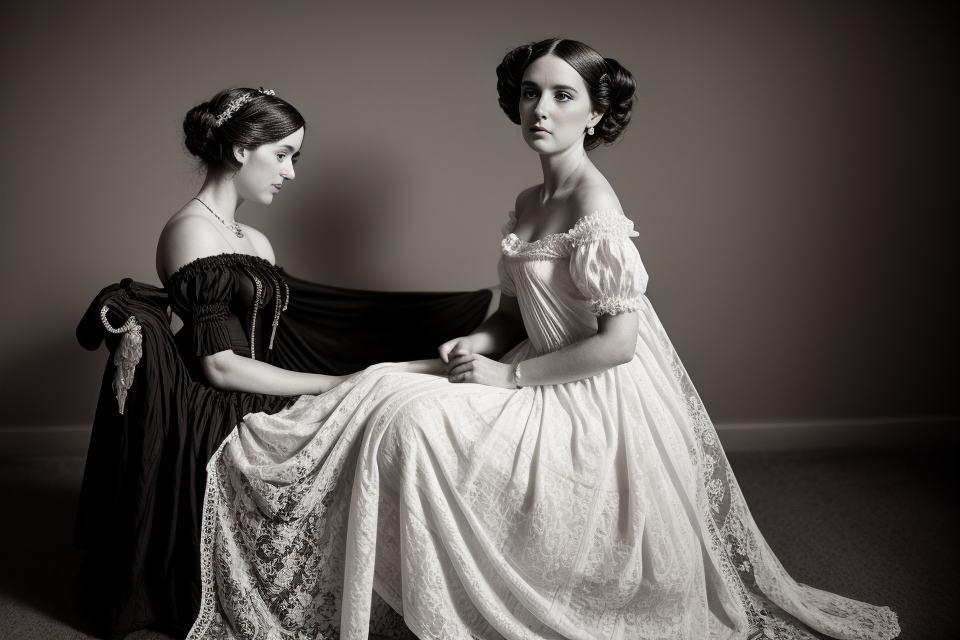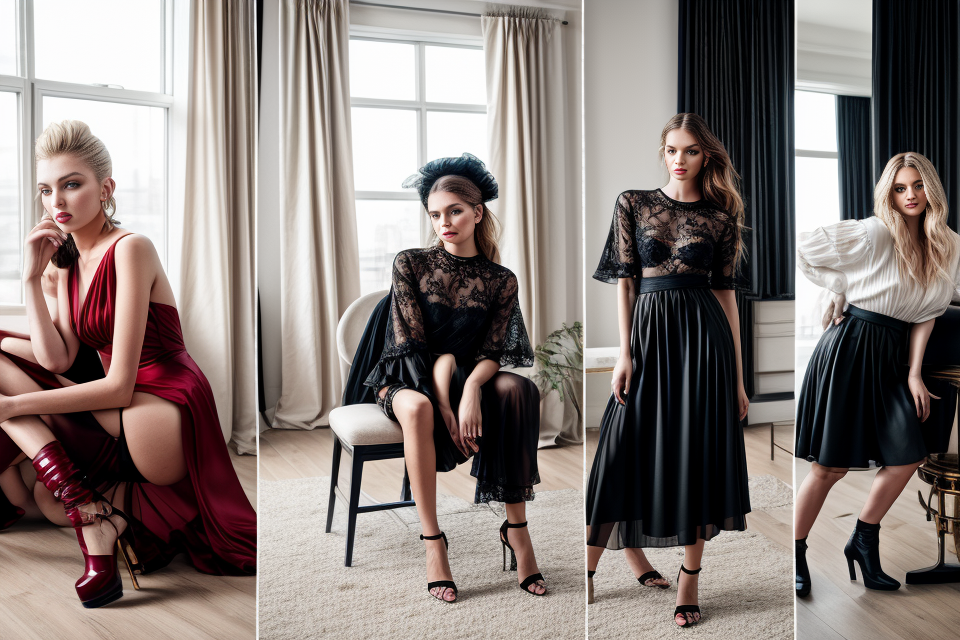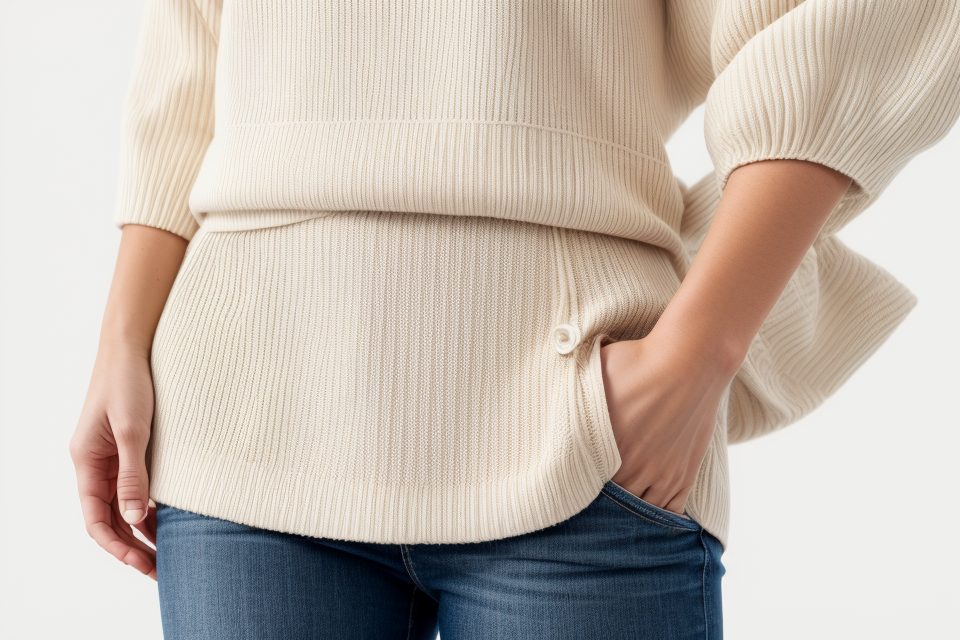
Fashion photography is a form of photography that is used to showcase clothing and accessories. It is a type of commercial photography that is used to promote fashion brands and products. The use of photography to showcase fashion dates back to the 1800s, but it was not until the early 1900s that fashion photography as we know it today began to take shape. The early days of fashion photography were characterized by a focus on high-end fashion and a heavy reliance on studio photography. As the industry has evolved, so too has the style and content of fashion photography, with many different sub-genres emerging over the years.
Fashion photography began in the late 19th century as a way to showcase clothing and accessories in magazines and advertisements. It developed as a distinct genre in the 1920s and 1930s, with photographers such as Edward Steichen and Baron Adolf de Meyer creating iconic images for Vogue and Harper’s Bazaar. These early fashion photographs were often staged and highly artistic, featuring models in elegant poses and elaborate costumes. Today, fashion photography remains an important part of the industry, with photographers using a variety of techniques and styles to capture the latest trends and create visually stunning images.
The Emergence of Fashion Photography
Early Influences
- The rise of magazines and advertising
- In the late 19th century, magazines began to rise in popularity, providing a platform for fashion photography to emerge. These magazines, such as Harper’s Bazaar and Vogue, featured photographs of clothing and accessories, helping to establish fashion photography as a form of art.
- Advertising also played a significant role in the development of fashion photography. As businesses began to use photographs to promote their products, they turned to fashion photography to showcase their clothing and accessories. This led to the creation of iconic advertising campaigns that helped to shape the way people viewed fashion.
- The impact of painting and art
- Fashion photography was also influenced by the world of art. Painters such as Edouard Manet and Henri Matisse used fashion as a subject in their works, depicting models in the latest styles. This influence can be seen in the way that fashion photographers approached their work, using lighting and composition to create images that were both artistic and commercial.
- The impact of art on fashion photography can also be seen in the way that photographers experimented with different styles and techniques. For example, photographers such as Irving Penn and Richard Avedon used techniques from the world of fine art to create images that were both innovative and timeless. Their work helped to establish fashion photography as a legitimate form of art, rather than simply a commercial tool.
Pioneering Photographers
Edward Steichen, Gertrude Käsebier, and Edward Weston were some of the pioneering photographers who significantly contributed to the development of fashion photography.
Edward Steichen, an American photographer, was one of the first to capture fashion photographs in the early 1900s. He was the chief photographer for Condé Nast’s magazines, including Vogue and Vanity Fair, and his work featured many famous actresses and socialites of the time. Steichen’s photographs were characterized by their elegance and sophistication, which helped establish the fashion photography genre.
Gertrude Käsebier, an American photographer, was known for her portraits of women and children, which often featured elaborate costumes and accessories. Her photographs were published in magazines such as Harper’s Bazaar and Ladies’ Home Journal, and she was one of the first photographers to use artificial lighting to create dramatic effects in her images. Käsebier’s work was influential in the development of fashion photography, as she was one of the first to experiment with using photography to convey fashion and style.
Edward Weston, an American photographer, was known for his portraits of celebrities and socialites, which often featured elaborate costumes and accessories. His work was published in magazines such as Vogue and Vanity Fair, and he was one of the first photographers to use innovative techniques such as close-ups and angles to create dynamic images. Weston’s photographs were characterized by their attention to detail and their ability to capture the essence of fashion and style.
In conclusion, these pioneering photographers played a significant role in the development of fashion photography. Their work helped establish the genre and influenced subsequent photographers, laying the foundation for the vibrant and dynamic world of fashion photography that exists today.
Fashion Photography in Europe
The roots of fashion photography can be traced back to Europe, specifically in France and Italy, where fashion was considered an art form. The influence of French and Italian fashion played a significant role in the emergence of fashion photography as a form of artistic expression.
One of the earliest photographers to make a significant contribution to fashion photography was Ilse Bing. Born in Frankfurt, Germany, Bing was a pioneering photographer who used the modernist aesthetic to create striking images that were both dynamic and stylish. Her use of sharp lines, contrast, and perspective revolutionized the way fashion was captured on film.
Another notable photographer who made significant contributions to fashion photography was Horst Phorzelt. Born in Germany, Phorzelt moved to Paris in the 1930s, where he became a fashion photographer for Vogue. His work was characterized by its elegance and sophistication, and he was known for his ability to capture the essence of haute couture.
Phorzelt’s work, along with other photographers like Bing, helped to establish a new visual language for fashion photography. They pushed the boundaries of what was possible with the medium, using light, shadow, and composition to create images that were both artistic and commercial.
Overall, the emergence of fashion photography in Europe was marked by a combination of artistic and commercial influences. The work of photographers like Bing and Phorzelt helped to establish a new visual language for fashion, one that was both creative and commercially viable.
The Evolution of Fashion Photography
From Studio to Runway
- The transition from studio-based photography to on-location shoots
- The rise of fashion editorials in magazines
- The growing importance of visual storytelling in fashion journalism
- The need for more dynamic and diverse photography settings
- The influence of technology on fashion photography
- The development of portable and high-quality camera equipment
- The increasing accessibility of digital editing software
- The rise of fashion editorials in magazines
- The growing importance of fashion shows and designers
- The role of fashion shows in promoting new designs and trends
- The relationship between fashion photography and fashion shows
- The challenge of capturing the essence of a runway show in a single image
- The rise of designer collaborations and campaigns
- The increasing importance of designer branding in the fashion industry
- The opportunity for fashion photographers to work with iconic brands and designers
- The role of fashion shows in promoting new designs and trends
The Influence of Film and Print
The Impact of Technological Advancements on Fashion Photography
Technological advancements have played a significant role in the evolution of fashion photography. With the advent of digital cameras and photography software, photographers now have access to a wider range of tools and techniques that were previously unavailable. These advancements have enabled photographers to capture images with greater accuracy and precision, allowing them to produce high-quality images that are both visually stunning and technically sound.
The Rise of Magazines like Vogue and Harper’s Bazaar
The rise of fashion magazines like Vogue and Harper’s Bazaar has also played a significant role in the evolution of fashion photography. These magazines provide a platform for photographers to showcase their work and for models to showcase their fashion and style. They have also played a crucial role in shaping public opinion and influencing fashion trends. The high-quality photography featured in these magazines has helped to establish fashion photography as a legitimate art form and has helped to establish photographers as influential figures in the fashion industry.
Fashion Photography as an Art Form
The work of photographers like Richard Avedon and Irving Penn
Richard Avedon and Irving Penn are two of the most influential photographers in the world of fashion photography. Their work has been instrumental in shaping the way we think about fashion photography as an art form.
Avedon, who was born in New York City in 1923, began his career as a fashion photographer in the 1940s. He quickly gained a reputation for his innovative approach to fashion photography, which often involved using bold colors, dramatic lighting, and unusual angles. Avedon’s photographs were characterized by their strong, graphic quality, and he was known for his ability to capture the essence of his subjects with a single image.
Penn, who was born in 1917 in the United States, was another pioneering figure in the world of fashion photography. Like Avedon, Penn was known for his ability to capture the essence of his subjects with a single image. His photographs were characterized by their simplicity and elegance, and he was particularly skilled at using light and shadow to create dramatic effects.
The rise of contemporary fashion photography
Today, fashion photography is a highly regarded art form, with photographers like Steven Meisel, Peter Lindbergh, and Annie Leibovitz continuing to push the boundaries of the medium. Contemporary fashion photography often incorporates elements of other art forms, such as painting and sculpture, and is often used to make a statement about the world we live in.
In recent years, there has been a growing appreciation for the art of fashion photography, with major museums and galleries around the world hosting exhibitions dedicated to the medium. This recognition of fashion photography as an art form has helped to cement its place in the world of contemporary art, and has allowed photographers to continue to push the boundaries of the medium.
Fashion Photography Today
The Digital Age
The impact of digital technology on fashion photography
- The widespread adoption of digital cameras in the late 20th century revolutionized the fashion photography industry by providing photographers with a more efficient and cost-effective means of capturing and editing images.
- Digital technology also enabled the use of advanced image editing software, such as Adobe Photoshop, which allowed photographers to manipulate and enhance their images in ways that were previously impossible.
- As a result, fashion photographers could now produce highly polished and visually striking images that were more likely to grab the attention of magazine editors and fashion buyers.
The rise of social media and online publishing
- The advent of social media platforms, such as Instagram and Tumblr, has had a significant impact on the fashion photography industry by providing a new platform for photographers to showcase their work and reach a wider audience.
- These platforms have also created a new breed of “influencer” photographers, who have built large followings by curating a particular aesthetic or style.
- The rise of online publishing has also led to the proliferation of fashion blogs and websites, which have provided a new outlet for fashion photography and have helped to democratize the industry by giving up-and-coming photographers a platform to showcase their work.
Globalization and Diversity
- The increasing diversity of fashion photography
- The rise of social media platforms as a medium for fashion photography
- The shift towards more inclusive and diverse representation in fashion photography
- The influence of international fashion scenes
- The impact of global fashion trends on local fashion scenes
- The rise of fashion photography in emerging markets
- The influence of cultural differences on fashion photography styles and trends.
Sustainability and Social Responsibility
Fashion photography today is not just about capturing the latest trends and showcasing beautiful clothing. It has evolved to become a platform for promoting sustainable and ethical fashion practices. With the increasing awareness of the environmental and social impact of the fashion industry, fashion photography has taken on a new role in promoting sustainability and social responsibility.
The role of fashion photography in promoting sustainable and ethical fashion
Fashion photography has the power to influence the way people perceive and consume fashion. By featuring sustainable and ethical fashion brands, photographers can raise awareness about the importance of eco-friendly and socially responsible practices in the industry. This can include using organic materials, reducing waste, and supporting fair labor practices.
Through their lenses, photographers can showcase the beauty and quality of sustainable fashion, highlighting the craftsmanship and innovation that goes into creating these products. By creating visual narratives that celebrate sustainable fashion, photographers can inspire people to make more conscious and mindful choices when it comes to their wardrobe.
The challenges and opportunities of promoting diversity and inclusivity in fashion photography
In addition to promoting sustainable fashion, fashion photography also has a role to play in promoting diversity and inclusivity in the industry. With the rise of body positivity and inclusivity movements, there is a growing demand for more diverse representation in fashion photography.
However, there are also challenges associated with promoting diversity and inclusivity in fashion photography. For example, photographers may face pressure to conform to certain beauty standards or stereotypes, which can limit the range of representations they include in their work.
Despite these challenges, there are also many opportunities for fashion photography to promote diversity and inclusivity. By featuring models of different ages, races, body types, and abilities, photographers can challenge traditional beauty standards and showcase the beauty and diversity of the human form. This can help to promote a more inclusive and accepting culture in the fashion industry, where all individuals feel represented and valued.
Overall, fashion photography today has a critical role to play in promoting sustainability and social responsibility in the industry. By featuring sustainable and ethical fashion brands, and promoting diversity and inclusivity through their work, photographers can help to create a more conscious and mindful culture in the fashion world.
FAQs
1. What is fashion photography?
Fashion photography is a genre of photography that focuses on the clothing, accessories, and fashion trends. It is used in magazines, advertisements, and other media to showcase the latest fashion trends and styles.
2. When did fashion photography begin?
Fashion photography began in the late 1800s, as a way to showcase the latest fashion trends and styles. It was first used in magazines and newspapers, and later became a popular form of advertising.
3. Who were some of the early pioneers of fashion photography?
Some of the early pioneers of fashion photography include Edward Steichen, Adolphe de Meyer, and Baron Adolf de Meyer. These photographers helped to establish the aesthetic and style of fashion photography, and their work has had a lasting impact on the industry.
4. How has fashion photography evolved over time?
Fashion photography has evolved significantly over time. Early fashion photography was primarily studio-based, and the images were often stiff and formal. However, as the industry has evolved, so has the style of fashion photography. Today, fashion photography is known for its creativity, artistry, and sense of fantasy.
5. What are some of the key elements of fashion photography?
Some of the key elements of fashion photography include lighting, composition, and styling. Photographers must carefully consider these elements to create images that are visually striking and effectively communicate the fashion trends and styles they are showcasing.

